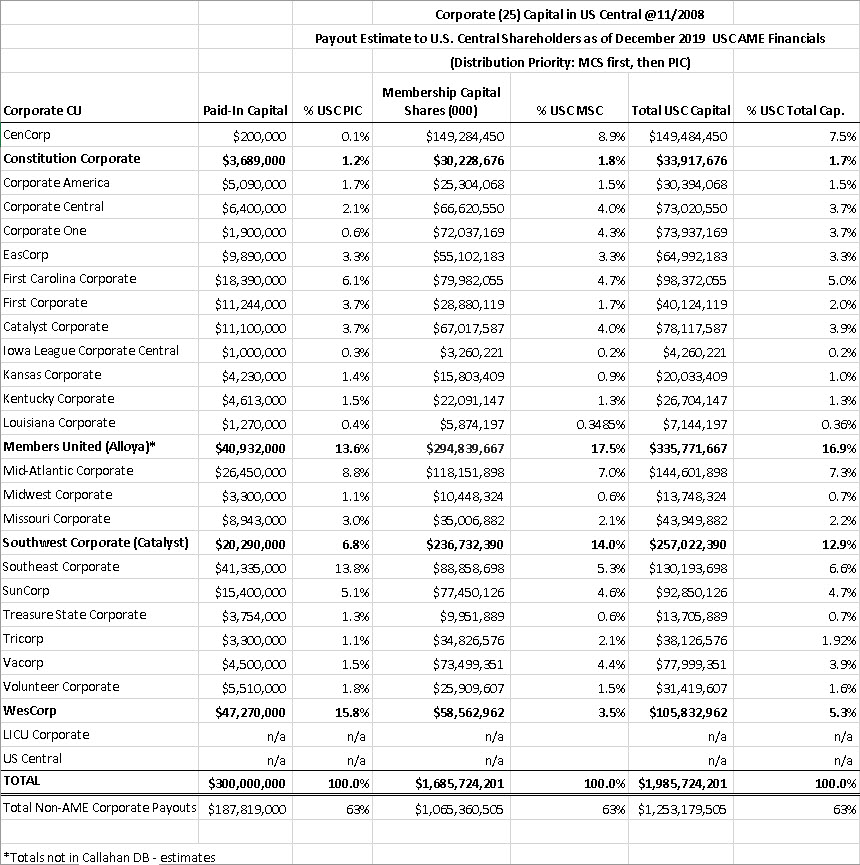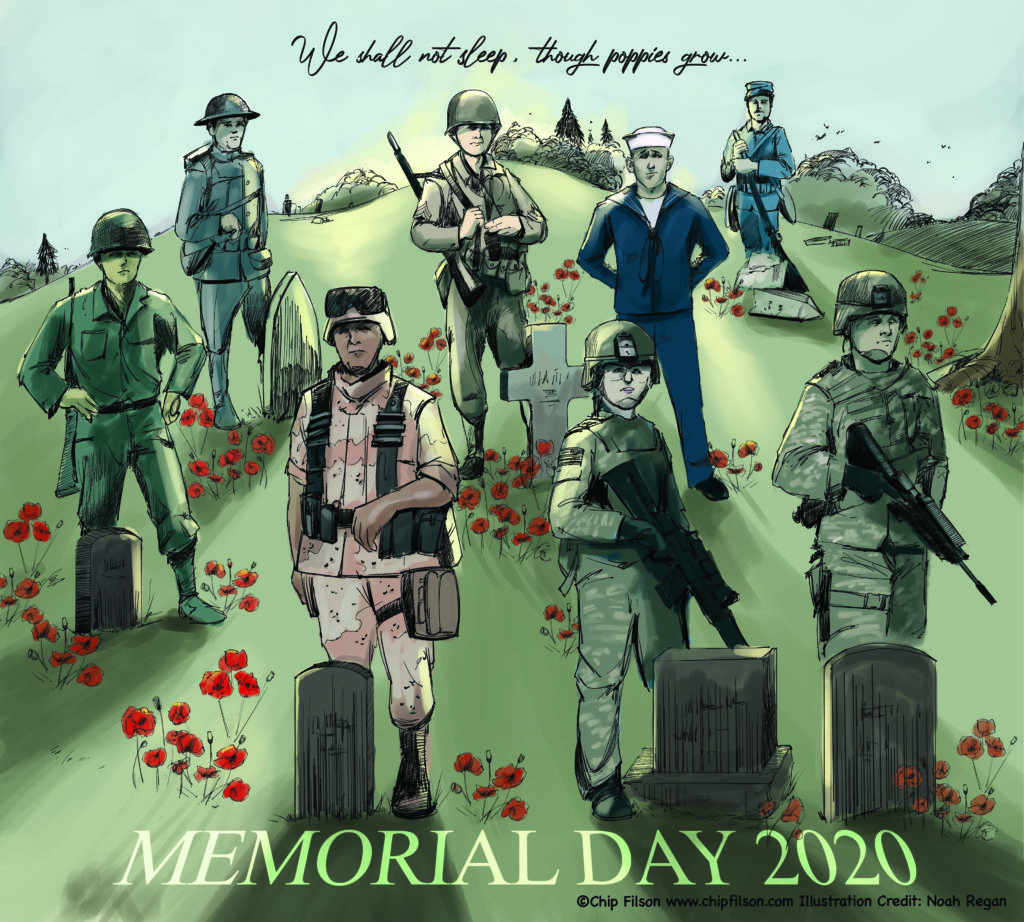America is confronting three difficult problems: a health pandemic, economic downturn and systemic racism.
After George Floyd’s death many felt the call of conscience to state clearly our values–personal and institutional.
Two veteran CEOs have provided thoughtful perspectives. The first message reinforces the vital role credit unions have to ameliorate systemic inequalities and provide hope. The second is a call to action by the CEO to his partner teammates.
These have been edited with permission of the writers. Their full statements can be read at the link following each excerpt.
What Protests Teach Us –Local Government FCU/CIVIC FCU CEO Maurice Smith:
The recent protests taking place around the country over the death of George Floyd is an opportunity to learn important lessons.
Protesting is an American right.
Protests awaken in all of us a reaction that should be addressed. First, we observe and learn about the underlying issues that brought about the protests in the first place. Second, we are forced to look at our world and develop an opinion on sides, morality and messages. Finally, we must decide what action we should take. Even if we choose to not react, inaction is a decision.
What is clear about protests, nobody is happy. Everyone has a motivation to find solutions.
Credit unions were invented to address a social problem. Let’s not be dismissive to the real mission of credit unions. To reduce the role of credit unions to mere commodity peddlers is missing the point. The reason we offer financial services is to remedy social conditions.
There is a connection between social determinants of poverty and the protests we see around the nations.
Financial wellness, literacy and education empowers households to be good consumers. Community wealth draws stable neighborhoods, retail outlets, access to healthcare and better schools. These opportunities build hope and a positive outlook for the future.
Now imagine a community that lacks the basic ingredients for financial enablement. Credit unions came along to fill this gap.
Credit unions use their cooperative principles of member empowerment to supercharge community involvement. We offer viable solutions. We give members choices. The most important benefit we give a community is a sense of hope.
Social unrest is an opportunity for us to meet a real need for productive change. Let’s show the world what credit unions really stand for.
https://www.cuinsight.com/what-protests-teach-us.html
Taking Action -Wright-Patt Credit Union CEO Doug Fecher
Partners,
I want to acknowledge on behalf of myself and our credit union the pain that many in our community are feeling. And I want us to do something about it. America is better than this. America must be better than this. I know America can be better than this.
To make WPCU’s position clear, earlier this week I authorized the release of a statement via social media:
Wright-Patt Credit Union was built on the fabric of people helping people. This means all people. We are committed to an inclusive environment and respect people of all backgrounds and experiences. We acknowledge the impact of racism and unequal treatment of African Americans which has gone on for far too long in our country.
We condemn all acts of racism, injustice, hatred and violence. More importantly, we recognize that it is not enough to just voice these words – we must back them with positive actions that seek to understand, heal, and grow towards an inclusive society for all. The undeniable truth is that all people are created equal and deserve to be treated with dignity and respect, in a world free from injustice and hate.
We recognize that there is a long way to go in the quest for justice for all people of our community. The first step is to stand up and be counted: Injustice in all its forms must end today. Wright-Patt Credit Union is committed to promoting equity and inclusion throughout the communities we serve.
People are the strength of Wright-Patt Credit Union. We embrace the diversity of the world around us and seek justice for all. This is our promise to all.
We take very seriously the idea that “without action, words are just words.”
The only way meaningful change will happen is for good people to stand up and say “enough”.
There is a lot we can do. we have been working on a broad plan to address diversity & inclusion at WPCU. Our work in that area now takes on even greater meaning and urgency.
America is a great country, but not a perfect one. It is up to us to make it a place that serves everybody on the same terms.
We are all in this together, and together we can all make a difference. We are nothing if we are not a force for good … we help people through life.
https://www.facebook.com/WrightPattCreditUnion



